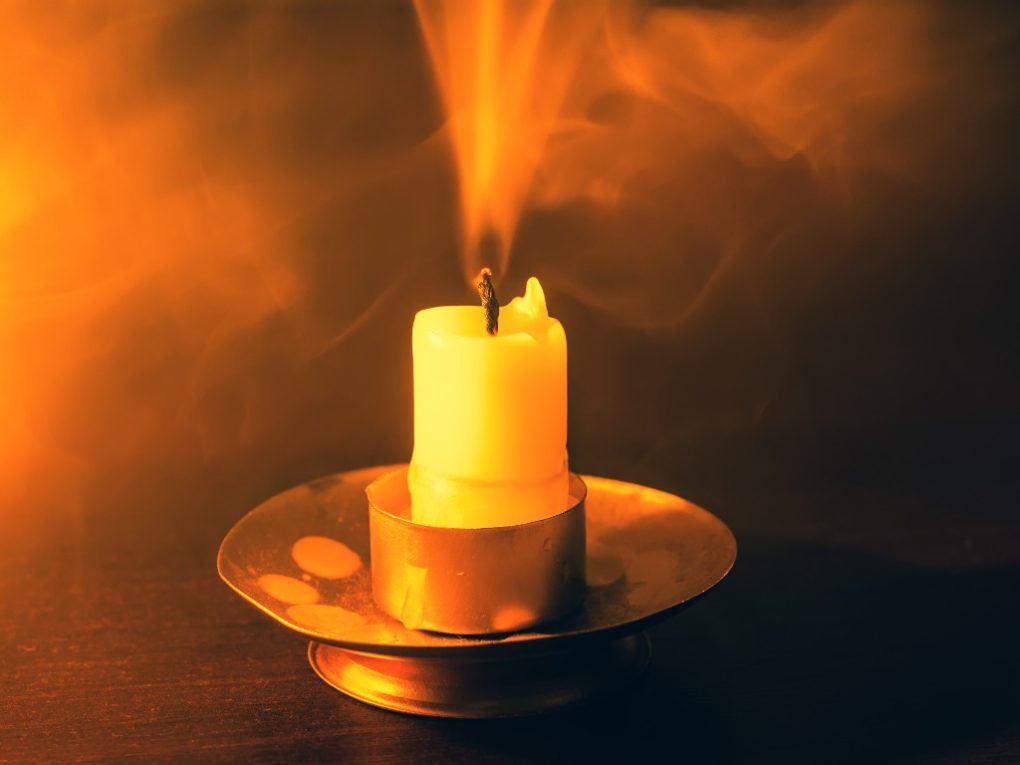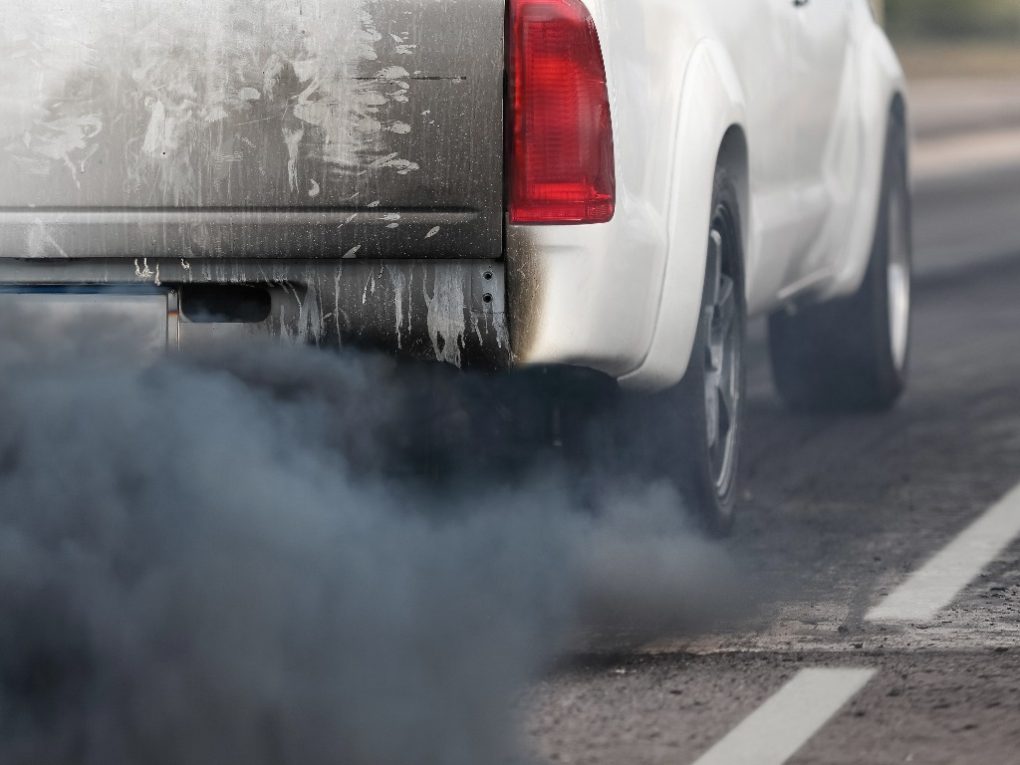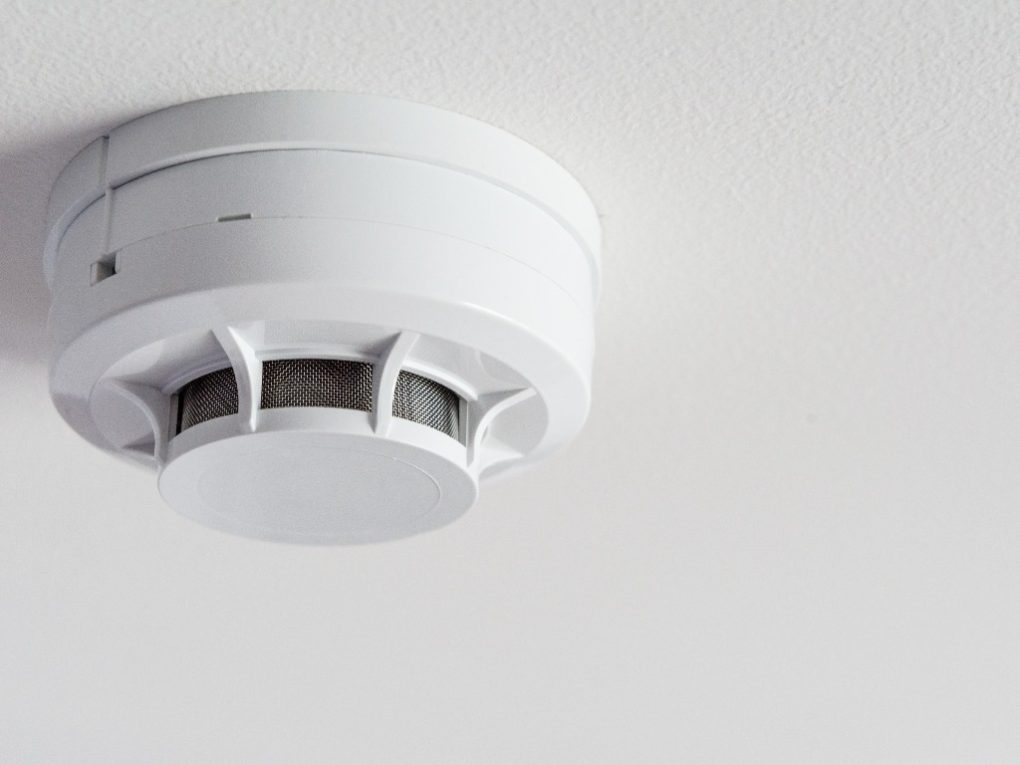Can a Candle Cause Carbon Monoxide Poisoning: What You Need to Know About Carbon Monoxide Poisoning
If burned in a poorly ventilated area, a candle can cause carbon monoxide poisoning. When a candle burns, it uses oxygen to fuel the flame, producing carbon dioxide and water vapor as byproducts. However, if there is not enough oxygen available or the candle is burned for a long period, it can produce carbon monoxide. This poisonous gas can cause headaches, dizziness, nausea, and death.


Candles made from petroleum-based products, such as paraffin wax, are more likely to produce carbon monoxide when burned compared to candles made from natural materials like beeswax or soy. Scented candles containing synthetic fragrances can also release toxic chemicals, including carbon monoxide when burned.
Types of Candles That Can Cause Carbon Monoxide Poisoning
Candles made from petroleum-based products, such as paraffin wax, can release toxic chemicals when burned, including carbon monoxide, according to McGill University. However, this usually occurs in poorly ventilated areas, such as small rooms or closed spaces, where the gas can build up to dangerous levels.
Other types of candles that may cause carbon monoxide poisoning include scented candles that contain synthetic fragrances, which can also release chemicals when burned. Beeswax and soy candles are generally considered safer alternatives as they are made from natural materials and do not release toxic chemicals when burned.
It’s important to note that while candles can be a source of carbon monoxide, the risk of poisoning is generally low unless they are burned in poorly ventilated areas or large quantities. However, using candles safely and responsibly is still a good idea, such as ensuring they are not left unattended and burned in a well-ventilated area.
Ways How Carbon Monoxide Poisoning Occurs
Carbon monoxide is a gas that can be deadly inhaled in large quantities. The incomplete combustion of wood, gasoline, coal, natural gas, or kerosene produces it. Carbon monoxide poisoning occurs when this gas builds up in the bloodstream and replaces the oxygen in red blood cells. This can cause serious tissue damage or even death.
Sources of Carbon Monoxide
Carbon monoxide can be produced by a variety of sources, including:
- Automobile exhaust
- Furnaces and boilers
- Gas stoves and ovens
- Fireplaces and wood stoves
- Generators and other gasoline-powered equipment
- Candles


While candles are not a major source of carbon monoxide, they can produce small levels of this gas due to the combustion process. When a candle is burned, the wax (derived from petroleum) reacts with the oxygen in the air to produce carbon dioxide. If there is insufficient oxygen, the candle will produce carbon monoxide instead.
However, the amount of carbon monoxide produced by candles is typically very small and is unlikely to cause carbon monoxide poisoning.
It is important to note that carbon monoxide poisoning can occur in any enclosed space where there is insufficient ventilation. This includes homes, garages, and other indoor spaces. Therefore, it is essential to have carbon monoxide detectors installed in these areas to alert occupants to the presence of this gas.
Symptoms of Carbon Monoxide Poisoning
Carbon monoxide poisoning is a life-threatening condition that can be difficult to detect because it is odorless and colorless. Symptoms and signs of carbon monoxide poisoning can vary depending on the level of exposure and the duration of exposure. Here are some common symptoms:
- Dull headache
- Weakness
- Dizziness
- Nausea or vomiting
- Shortness of breath
- Confusion
- Blurred vision
- Unconsciousness
Carbon monoxide poisoning can be particularly dangerous for sleeping or intoxicated people and can cause them to die before experiencing any symptoms.
If you suspect you or someone else is experiencing carbon monoxide poisoning, it’s important to seek medical attention immediately. Treatment may involve oxygen therapy, hyperbaric oxygen therapy, or other measures to remove carbon monoxide from the body.
Prevention of Carbon Monoxide Poisoning
Installing Carbon Monoxide Detectors
Installing carbon monoxide detectors in your home is one of the most effective ways to prevent carbon monoxide poisoning. These detectors can alert you when there is a dangerous level of carbon monoxide in the air, giving you time to evacuate and seek medical attention if necessary.


Installing a carbon monoxide detector in every sleeping area of your home and in the hallway outside of each sleeping area is recommended. Be sure to test the detectors regularly and replace the batteries at least twice a year.
Regular Maintenance of Appliances
Carbon monoxide can also be produced by malfunctioning appliances that burn fuel, such as furnaces, water heaters, and gas stoves. In addition, a qualified technician must have these appliances regularly serviced to prevent carbon monoxide poisoning.
During the service, the technician can check for any leaks or damage that could lead to a carbon monoxide leak. In addition, it is important to follow the manufacturer’s instructions for using and maintaining these appliances. Other preventative measures include:
- Never use a gas stove or oven to heat your home
- Never leave a car running in an enclosed space like a garage.
- Avoid using portable fuel-burning heaters indoors.
- Ensure proper ventilation in your home.
